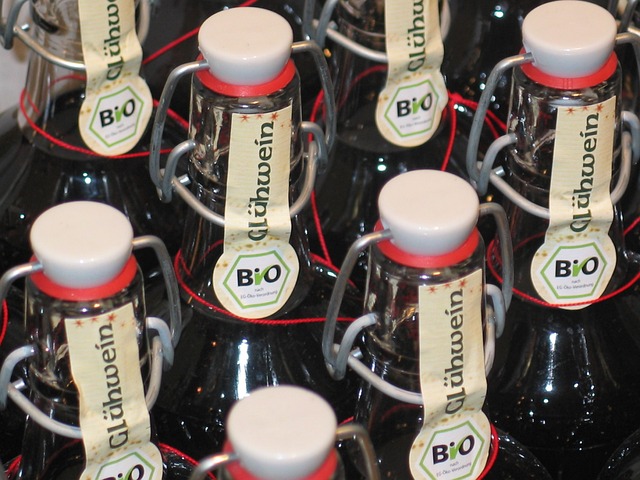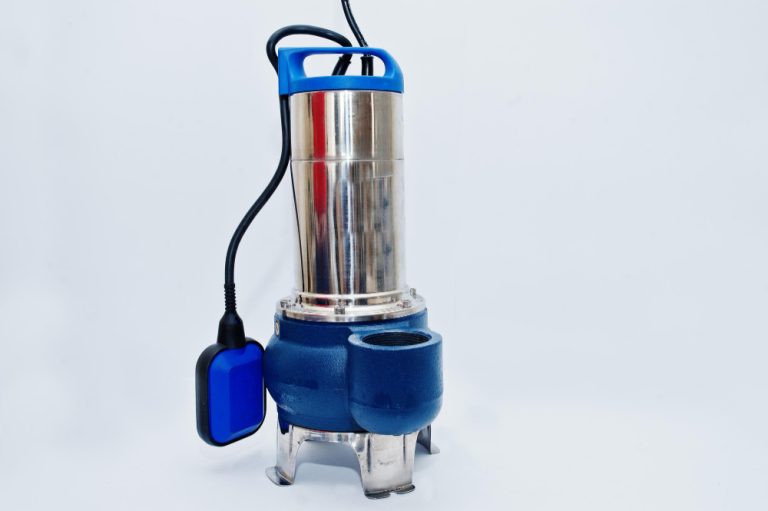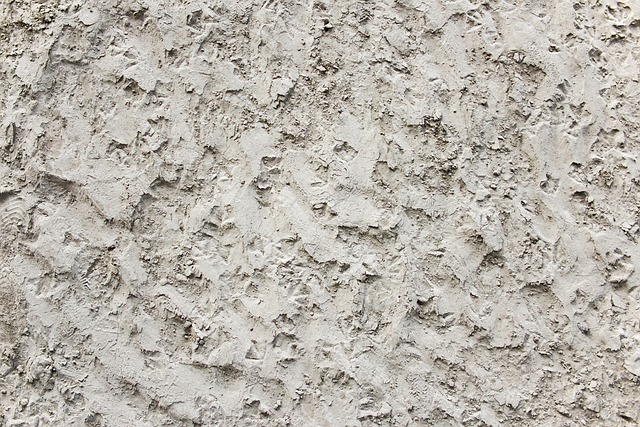Closures are an essential piece to any bottle or jar. They perform various functions depending on the container size and contents.
Dispensing closures help consumers control the exact amount they use, reducing product waste. Non-dispensing closures like continuous thread and twist top caps offer simple functionality with an intelligent design that can boost any brand’s look.
Durability
The closures for bottles add the final touch to complete the packaging of a bottle or jar. They have many functions, including a security seal after the initial opening of the product and a hassle-free way to reclose the container.
In addition, closures can provide a variety of visual and auditory cues to alert consumers to potential tampering or unauthorized access to the product. For example, child-resistant closures use barriers to prevent young children from gaining access to products that can be dangerous when ingested, and tamper-evident closures are designed to show evidence of tampering.
Closure types are available in various materials and designs to meet different needs. For instance, phenolic (bakelite) closures are made of a hard phenol-formaldehyde thermosetting plastic and can tolerate high temperatures and chemicals. These are some of the most durable closures available.
Convenience
The cap is one of the first components a consumer interacts with when using your product. The ability to open and reclose your bottle with just one hand and hear an audible snap when it’s securely resealed these details can enhance, not detract, from the overall brand experience and consumer satisfaction.
The closures you choose should align with how your product is used. For instance, if your bottle targets healthy, active consumers, a sports-style closure can help you stand out on shelves.
Closures also innovate to deliver a better user experience and meet consumer demands, like sustainability. For example, dispensing closures allow for precise dispensing, decreasing the amount of product used and preventing waste. Some caps are made of a single type of plastic for easy recycling.
Appearance
Closures come in various colors, shapes, and sizes to harmonize with the bottle and create a unified unit. Often, they help the product stand out in a crowded marketplace and attract consumers by appealing to their senses.
Besides being functional, closures can also help protect against evaporation or contamination of the contents. The cap on glass bottles of high-proof spirits can create a pressure seal, preventing air from spoiling the contents.
Other closures are designed to enhance the consumer experience, such as dispensing closures that help consumers control precisely how much product they use and prevent waste. Packaging innovations are constantly being developed as consumer demands change, and closures are no exception. Some new closures have been specifically designed to match the finish of a specific bottle type and provide the best possible fit.
Safety
A bottle closure should seal a container securely to prevent leakage, spoilage, and contamination. Closures can also provide a specific end-user experience, such as dispensing a controlled amount of product or a spill-proof design.
Some screw caps have tamper-evident features that allow consumers to see if the cap has been opened, used, or altered. Other closures protect the contents from environmental hazards like light and heat. For example, the cellulose band on some screw caps shrinks to form a skin-tight film over the bottle finish.
Some bottle closures also help reduce packaging waste by making it easier for manufacturers to reuse bottles and jars. For instance, the one-piece pop & click closure uses up to 65% less plastic than a 38mm push-and-turn closure. It is also BPA-free and made from PCR plastics to ensure that it meets sustainability requirements. In addition, it keeps oxygen and carbon dioxide out for extended shelf life for soft drinks and carbonated beverages.

















+ There are no comments
Add yours